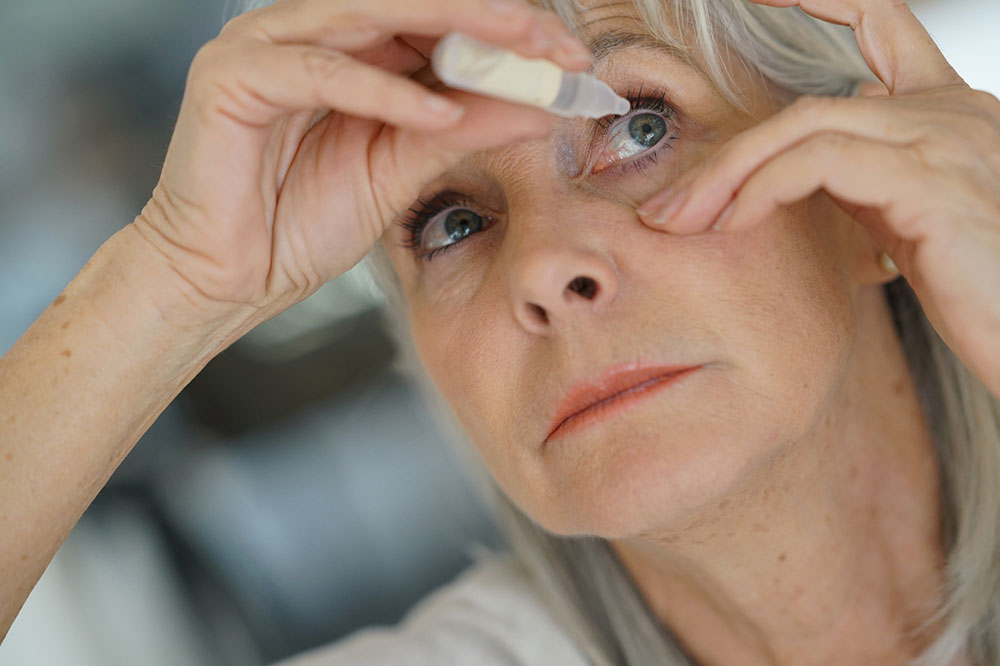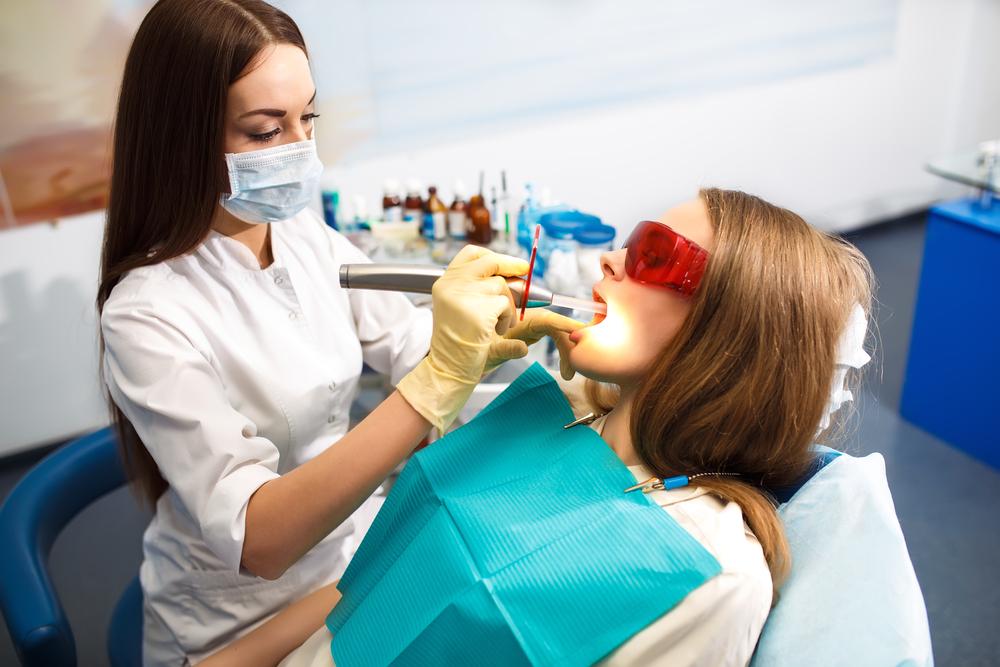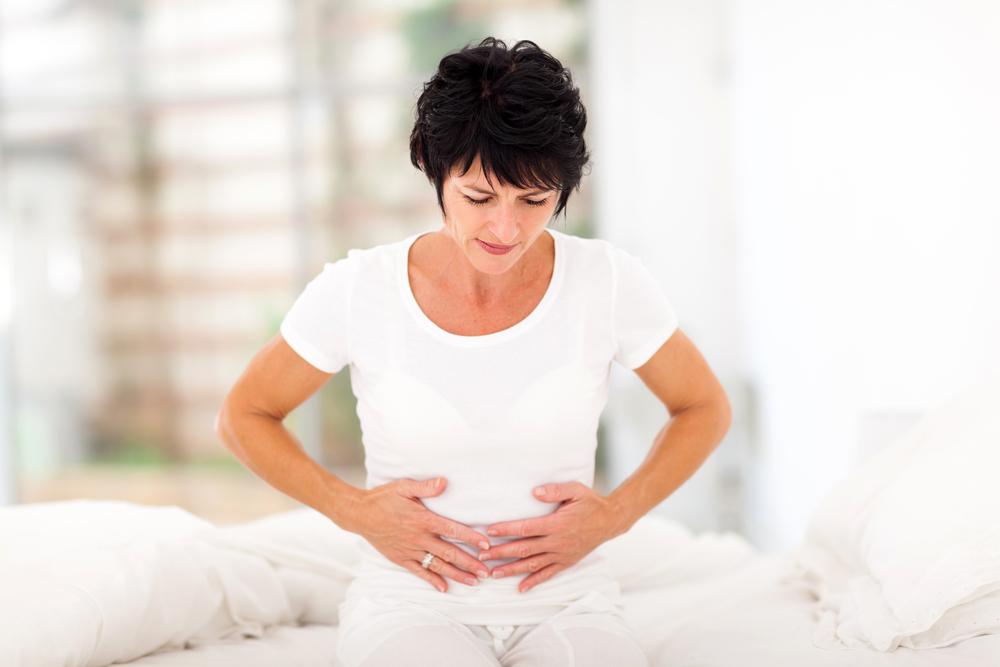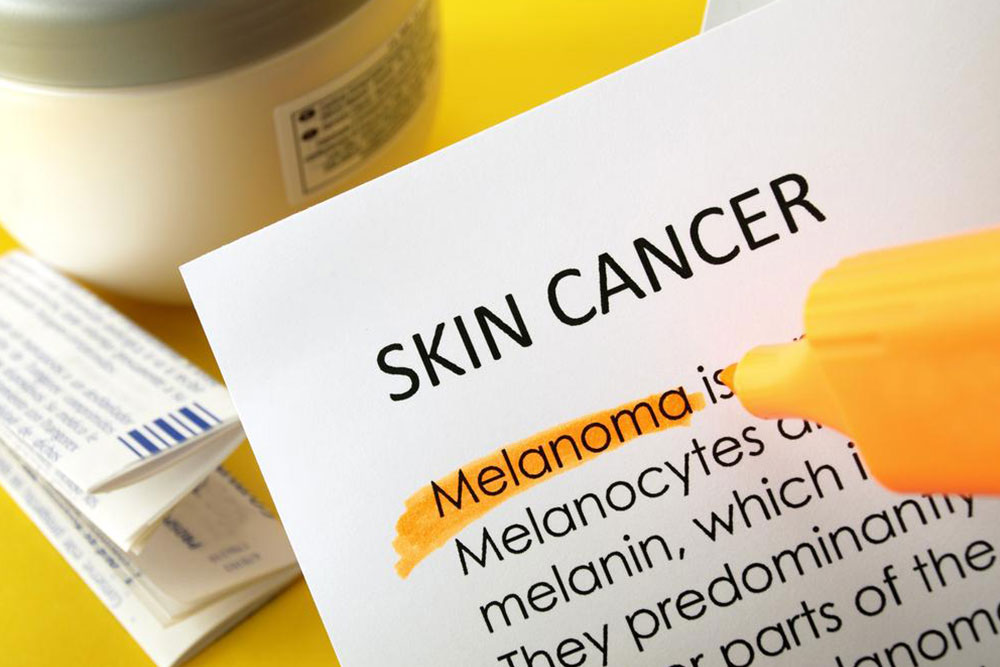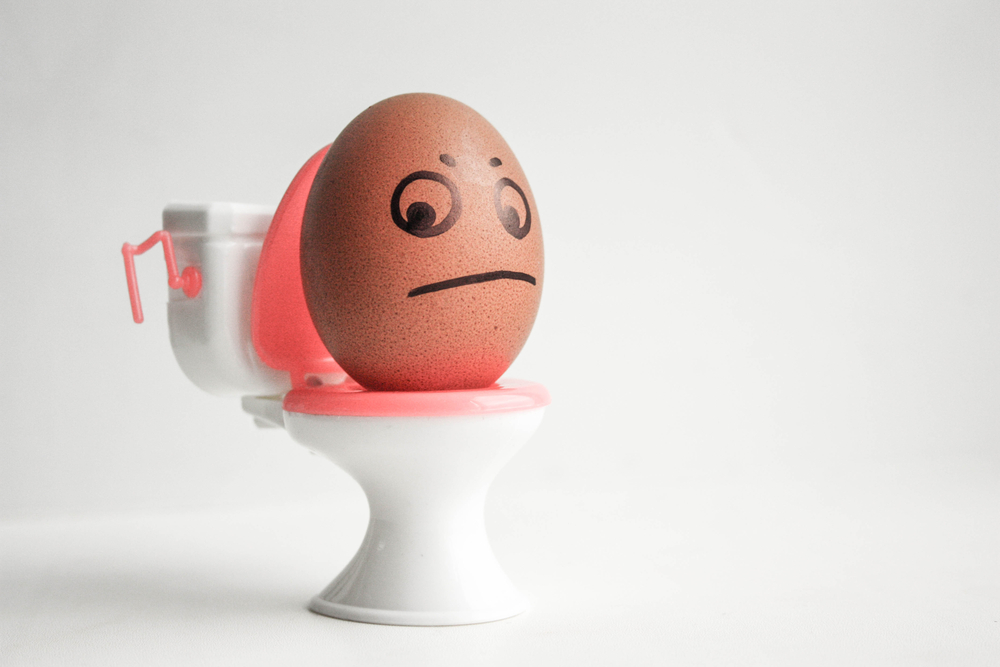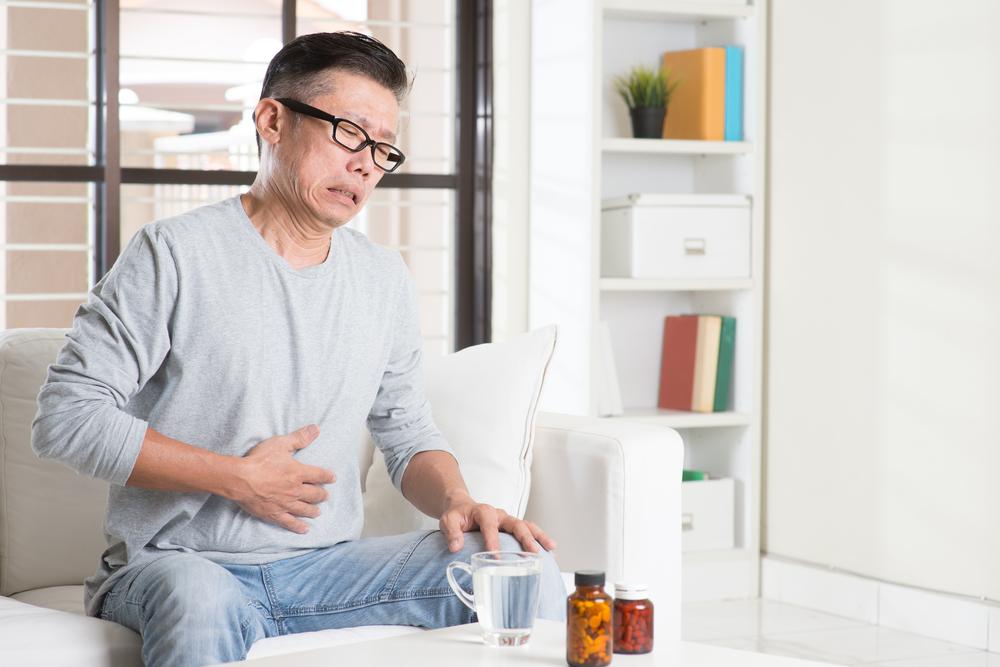Understanding Female Libido Loss: Causes and Signs of HSDD
This article explains female hypoactive sexual desire disorder (HSDD), detailing symptoms, causes, and the importance of seeking medical help. It emphasizes that persistent low libido can be health-related or psychological and highlights treatment options. Recognizing symptoms early and consulting healthcare professionals can improve quality of life and relationship satisfaction.
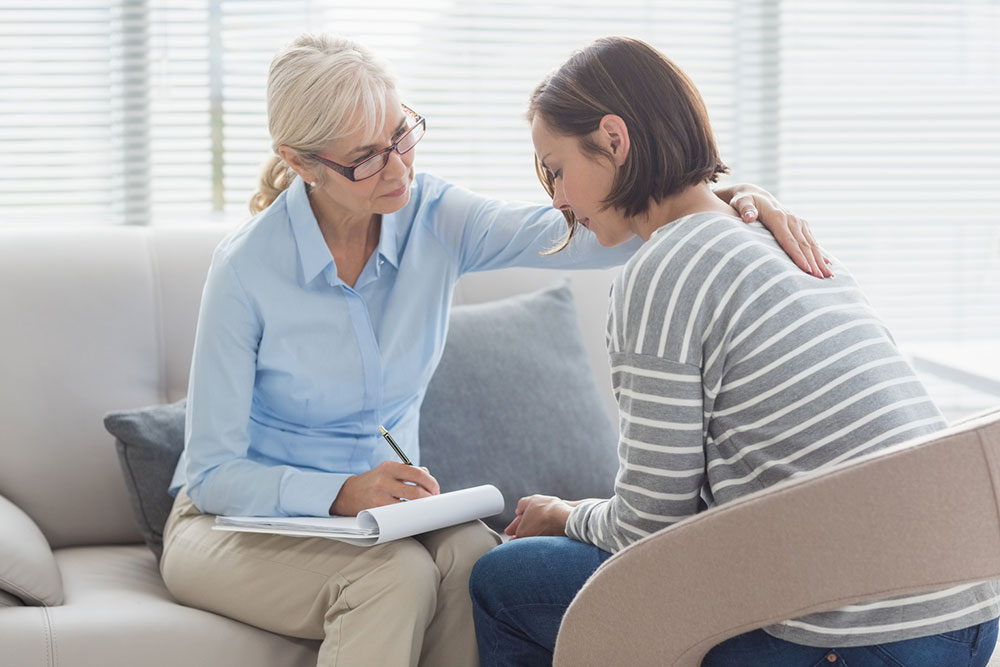
Understanding Female Libido Loss: Causes and Signs of HSDD
Female hypoactive sexual desire disorder (HSDD), also called female sexual interest/arousal disorder (FSIAD), affects women experiencing persistent low sexual desire. While fluctuations are natural, lasting over six months and impacting well-being or relationships warrants professional attention. Often dismissed as aging or tiredness, recognizing HSDD is crucial for maintaining a healthy sexual life and overall health.
Key symptoms include:
Lack of interest in sex
Few or no sexual thoughts or fantasies
Displeasure during intimacy
Reduced pleasurable sensations during sex
No motivation to initiate sexual activity
Many women may associate these symptoms with aging or fatigue. However, persistent symptoms beyond six months could point to HSDD, requiring medical evaluation.
Possible causes of HSDD include:
Pain during sex or inability to reach orgasm may decrease desire.
Chronic illnesses such as arthritis, cancer, diabetes, hypertension, cardiovascular issues, and neurological disorders can lower libido.
Certain medications, especially antidepressants, might reduce sexual interest.
Lifestyle factors like smoking and excessive alcohol intake impair blood flow, diminishing arousal.
Surgical procedures involving the breasts or genital area can negatively impact desire.
Illness-related fatigue can also contribute to reduced interest in sex.
Psychological factors:
Anxiety and depression
Stress from work, finances, or personal issues
Body image concerns
Low self-esteem
History of trauma or abuse
Hormonal shifts:
Menopause : Estrogen decline during menopause can lead to decreased libido and vaginal dryness, causing discomfort during intimacy.
Post-pregnancy changes : Hormonal fluctuations, postpartum depression, body image issues, and added responsibilities can all reduce sexual desire.
Relationship issues, such as lack of attraction, conflicts, poor communication, or unresolved disputes, can also contribute to HSDD. Often, multiple factors interplay, making professional consultation essential. Medical professionals can recommend appropriate treatments, which might include medication adjustments or addressing underlying health conditions. Remember, experiencing low libido is common, and solutions are accessible. Awareness and timely help are key.

